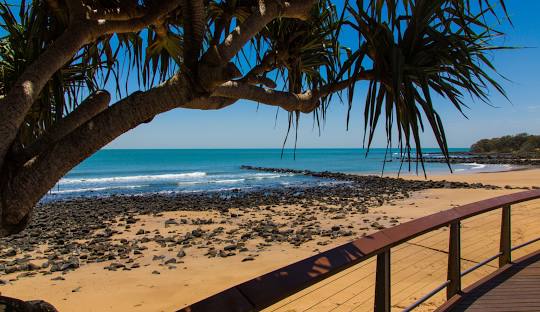
The History of Bundaberg: A Journey from Traditional Lands to British Colonization
Posted by on
The rich history of Bundaberg begins long before European settlement, with the region being home to the Traditional owner Aboriginal groups: the Taribelang, Gooreng Gooreng, Gurang, and Bailai peoples. These groups are recognized as the original inhabitants of the area, and their connection to the land is acknowledged through the Native Title determination made by the National Native Title Tribunal on 28 November 2017. This determination confirmed that "native title exists in the entire determination area" encompassing Bundaberg, Gladstone, and the North Burnett. In recognition of this heritage, the Bundaberg Regional Council has implemented its "First Nations Strategy 2022-2026," aimed at celebrating and embracing the local connections to First Nation peoples and other cultures.
The history of Bundaberg took a significant turn with the arrival of British settlers. The first recorded visit by a British individual was by James Davis in the 1830s. An escaped convict from the Moreton Bay Penal settlement, Davis lived among the Kabi people to the south and was known as Durrumboi. The Burnett River, which plays a central role in the region’s geography, was surveyed by John Charles Burnett during his exploration mission in 1847, subsequently becoming its namesake.
British occupation began in earnest in 1848 when pastoral squatters Gregory Blaxland Jnr and William Forster established a sheep station, marking the start of significant changes to the land. Blaxland, the son of the famed explorer Gregory Blaxland, and Forster, who later became a Premier of New South Wales, selected a vast area of land that included much of what is now the western Bundaberg Region along the Burnett River. They named their pastoral lease Tirroan.
The establishment of sheep stations often led to conflict with the Indigenous peoples, as these developments disrupted native bushland and the food sources relied upon by Aboriginal communities. This resulted in widespread hunger and illness among the local populations. Tensions escalated in 1849 when two shepherds employed by Blaxland and Forster were killed by Aboriginal people. In response, they led a punitive expedition that resulted in multiple Aboriginal deaths. The following year, Blaxland was killed in a confrontation, prompting Forster and other squatters to undertake another reprisal that led to a significant massacre of Aboriginal people in the scrubland near Tirroan.
In the early 1850s, Forster sold the pastoral property to Alfred Henry Brown, who renamed it Gin Gin. Concurrently, Native Police officer Richard Purvis Marshall took up the Bingera leasehold in the rainforest scrubland downstream from Tirroan. The names of three towns in the Bundaberg region—Tirroan, South Bingera, and Gin Gin—commemorate these early leaseholds, reflecting the complex and often tragic history of colonization and its impact on the Indigenous communities.
Today, Bundaberg stands as a city that embodies a blend of rich cultural heritage and colonial history, navigating the complexities of its past while moving toward a more inclusive future.